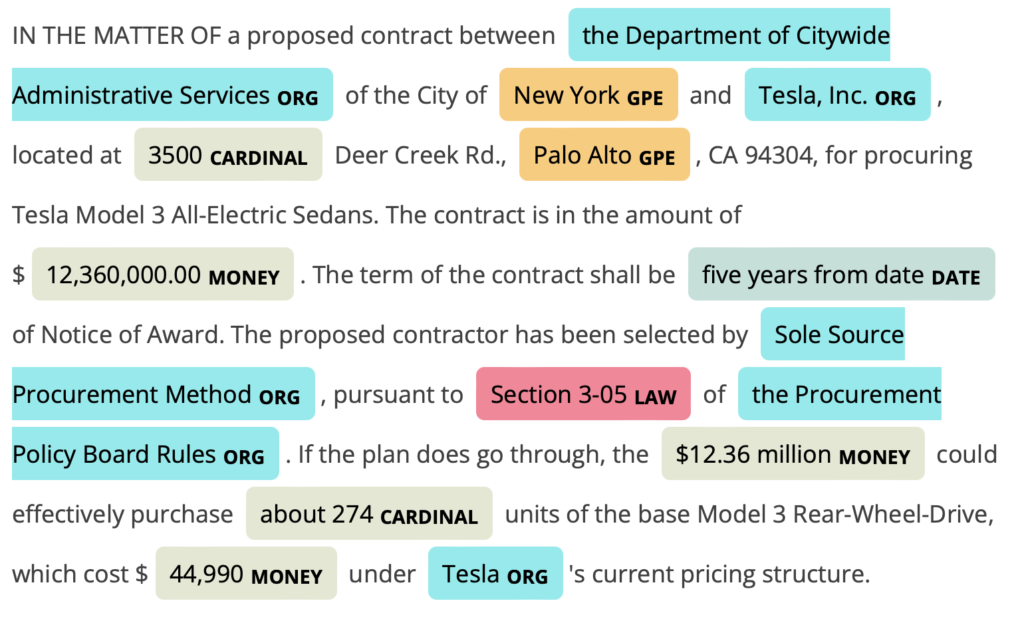
Semantic Analysis
Semantic Analysis is a crucial Natural Language Processing (NLP) technique that interprets and derives meaning from text, enabling machines to understand langua...
Coreference resolution links expressions to the same entity in text, enabling machines to understand context and resolve ambiguities for improved NLP applications.
Coreference resolution is a fundamental task in natural language processing (NLP) that involves identifying and linking expressions in a text that refer to the same entity. It determines when two or more words or phrases in a text refer to the same thing or person. This process is crucial for machines to understand and interpret text coherently, as humans naturally grasp the connections between pronouns, names, and other referring expressions.
Coreference resolution is an integral component of NLP applications, including document summarization, question answering, machine translation, sentiment analysis, and information extraction. It plays a pivotal role in improving the machine’s ability to process and understand human language by resolving ambiguities and providing context.
Key Points:
Coreference resolution is applied in various NLP bridges human-computer interaction. Discover its key aspects, workings, and applications today!") tasks, enhancing the machine’s ability to comprehend and process language. Key applications include:
Despite its importance, coreference resolution poses several challenges:
Several techniques are employed to tackle coreference resolution:
Several state-of-the-art models and systems are used for coreference resolution:
Evaluating the performance of coreference resolution systems involves several metrics:
The future of coreference resolution involves several promising areas:
Coreference resolution is a critical aspect of NLP, bridging the gap between machine understanding and human communication by resolving references and ambiguities in language. Its applications are vast and varied, impacting fields from AI automation to chatbots, where understanding human language is paramount.
Coreference resolution is a crucial task in natural language processing (NLP) that involves determining when two or more expressions in a text refer to the same entity. This task is essential for various applications, including information extraction, text summarization, and question answering.
Recent Research Highlights:
Decomposing Event Coreference Resolution into Tractable Problems:
Ahmed et al. (2023) propose a novel approach to event coreference resolution (ECR) by dividing the problem into two manageable sub-tasks. Traditional methods struggle with the skewed distribution of coreferent and non-coreferent pairs and the computational complexity of quadratic operations. Their approach introduces a heuristic to filter non-coreferent pairs efficiently and a balanced training method, achieving results comparable to state-of-the-art models while reducing computational demands. The paper further explores challenges in accurately classifying difficult mention pairs.
Read more
Integrating Knowledge Bases in the Chemical Domain:
Lu and Poesio (2024) address coreference and bridging resolution in chemical patents by incorporating external knowledge into a multi-task learning model. Their study highlights the importance of domain-specific knowledge for understanding chemical processes and demonstrates that integrating such knowledge improves both coreference and bridging resolution. This research underscores the potential of domain adaptation in enhancing NLP tasks.
Coreference Resolution in Dialogue Relation Extraction:
Xiong et al. (2023) extend the existing DialogRE dataset to DialogRE^C+, focusing on how coreference resolution aids dialogue relation extraction (DRE). By introducing coreference chains into the DRE scenario, they enhance argument relation reasoning. The dataset includes manual annotations of 5,068 coreference chains across various types, such as speaker and organization chains. The authors develop graph-based DRE models that leverage coreference knowledge, demonstrating improved performance in extracting relations from dialogues. This work highlights the practical application of coreference resolution in complex dialogue systems.
These studies represent significant advancements in the field of coreference resolution, showcasing innovative methods and applications that address the challenges of this intricate NLP task.
Coreference resolution is the process of identifying when two or more expressions in a text refer to the same entity, such as linking pronouns to the nouns they reference. It is essential for machine understanding and coherent interpretation of language.
Coreference resolution is used in document summarization, question answering systems, machine translation, sentiment analysis, and conversational AI to improve machine comprehension and context tracking.
Techniques include rule-based approaches, machine learning models, deep learning (like transformer architectures), sieve-based methods, entity-centric, and hybrid systems combining multiple methods.
Challenges include ambiguity in references, varying expressions for entities, contextual nuances, discourse-level ambiguities, and language-specific complexities.
Notable systems include Stanford CoreNLP, BERT-based models, and word-level coreference resolution systems, each offering different approaches to linking entities in text.
Smart chatbots and AI tools under one roof. Connect intuitive blocks to turn your ideas into automated Flows.
Semantic Analysis is a crucial Natural Language Processing (NLP) technique that interprets and derives meaning from text, enabling machines to understand langua...
Named Entity Recognition (NER) is a key subfield of Natural Language Processing (NLP) in AI, focusing on identifying and classifying entities in text into prede...
Dependency Parsing is a syntactic analysis method in NLP that identifies grammatical relationships between words, forming tree-like structures essential for app...
Cookie Consent
We use cookies to enhance your browsing experience and analyze our traffic. See our privacy policy.
